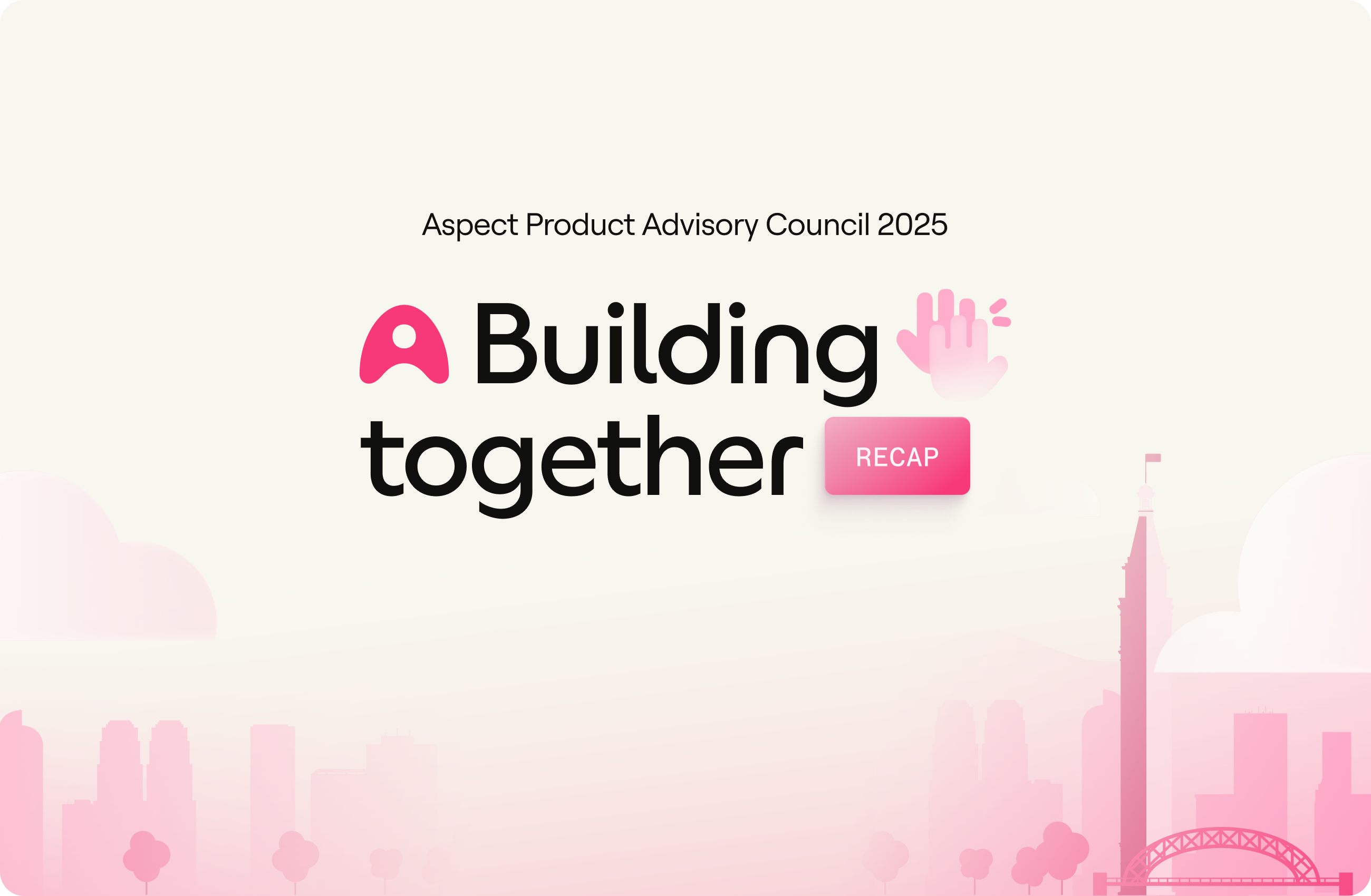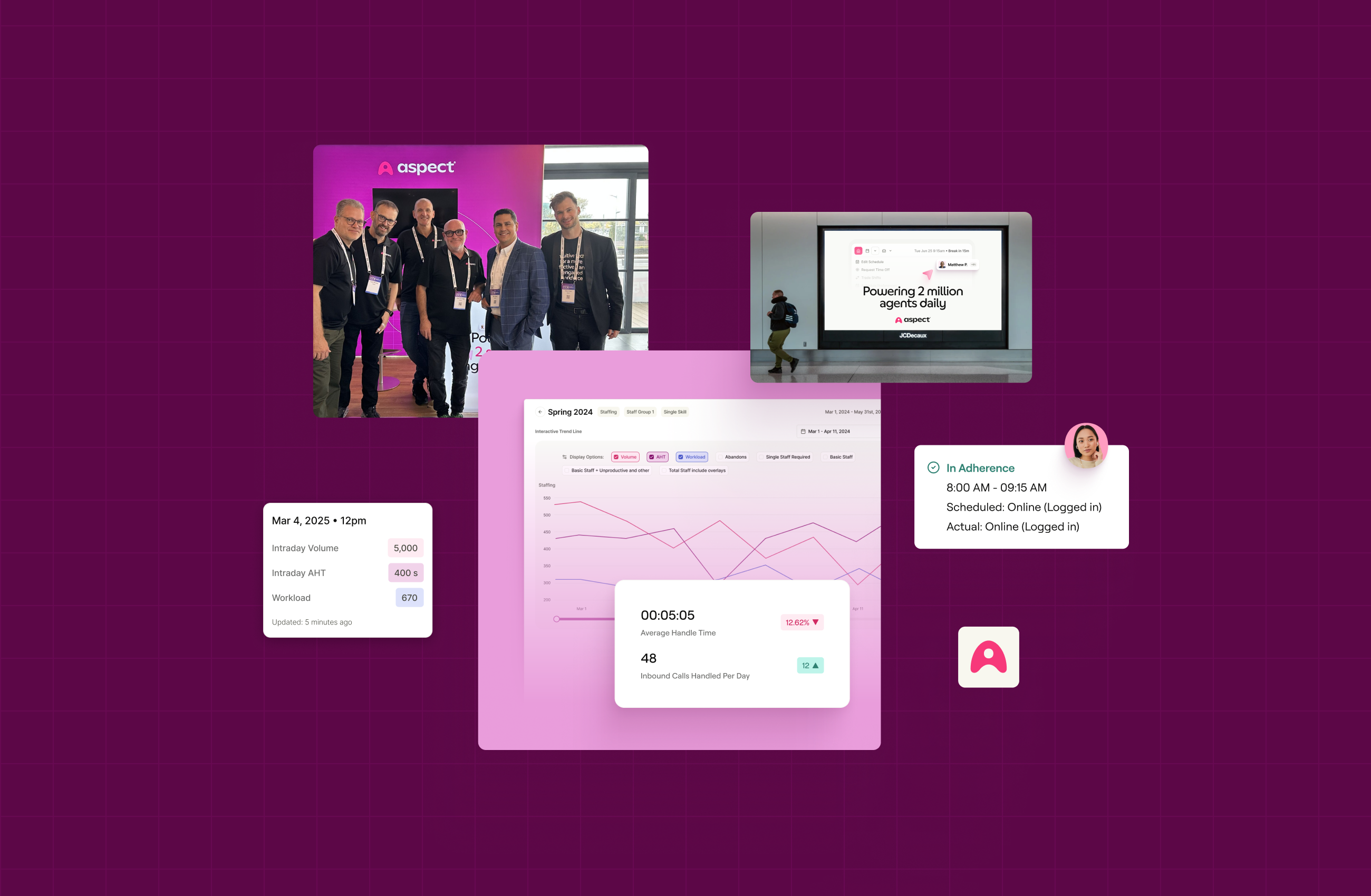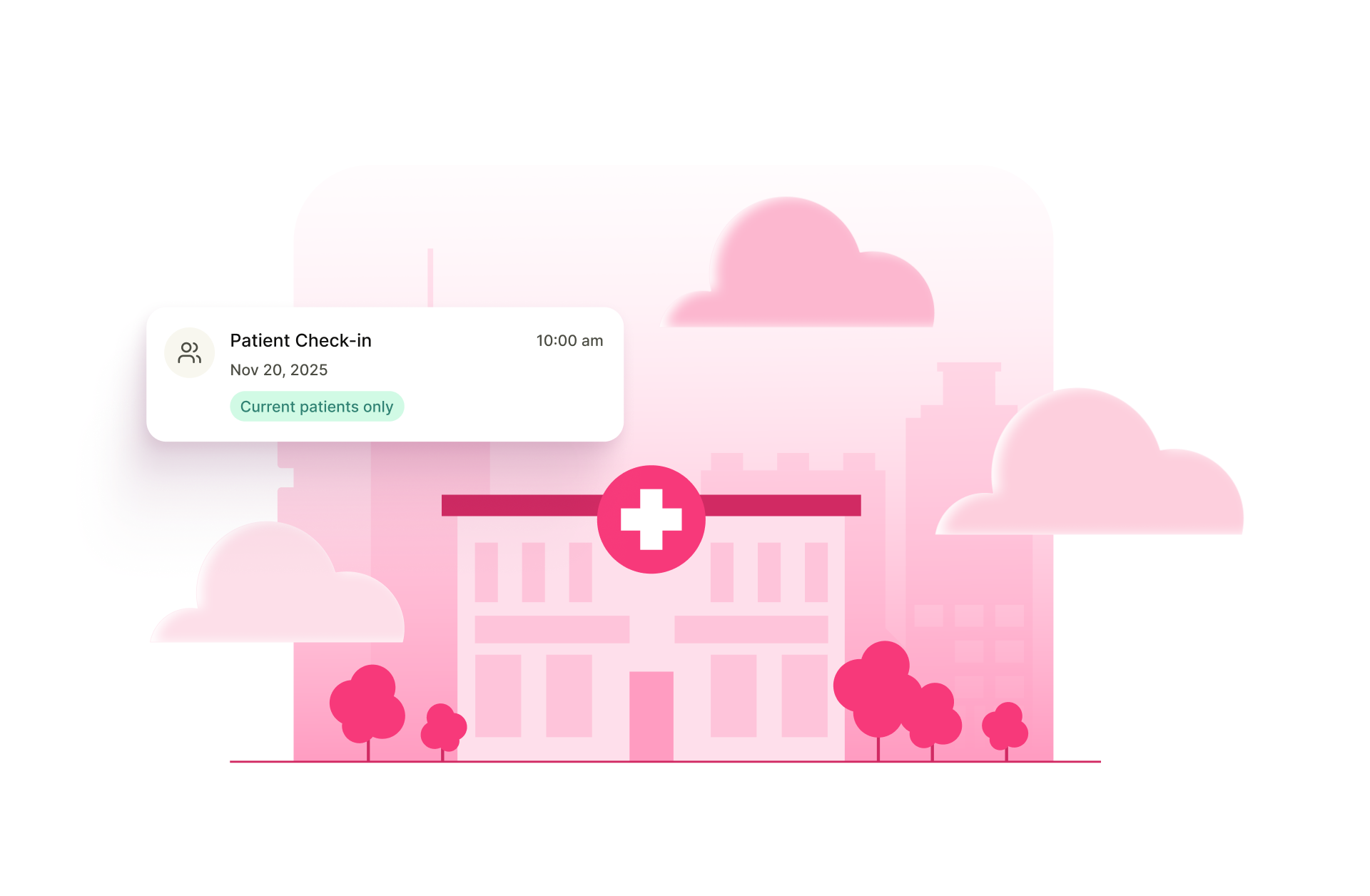Forecasting is an essential component of workforce planning. Effective workforce forecasting allows organizations to optimize scheduling and make informed business decisions based on workforce data and historical patterns.
Workforce management (WFM) and workforce engagement management (WEM) platforms must provide advanced forecasting capabilities that help organizations predict their volume and staffing requirements. With the expansion of contact centers and rising customer expectations, scheduling needs have evolved beyond simple spreadsheet calculations into complex requirements that demand AI-powered predictions. Without advanced forecasting, contact centers with dynamic needs won’t be able to meet fluctuating demand or customer expectations.
Let’s explore why advanced forecasting is a must in your workforce solution and how this key feature is critical to your organization’s success.
Key features of advanced forecasting
Unlike many contact center as a service (CCaaS) providers that only offer basic WFM add-ons with limited forecasting capabilities, specialized workforce management solutions like Aspect Workforce provide sophisticated, automated, and adaptable forecasting tools.
Advanced forecasting in your WFM software should include:
- Machine learning algorithms. AI-powered forecasting provides adaptable and automated learning based on real-time changes and historical patterns.
- Historical data analysis. Using historical data helps predict expected volume and identify staffing trends, enabling more effective workforce planning during peak seasons and special events.
- Real-time data integrations. Fast-paced organizations like contact centers require real-time data integrations in forecasting features to make timely decisions to improve performance.
- Multi-channel, multi-skill, forecasting. Forecasting models should include interactions across multiple channel types and agent skillsets to holistically predict volume.
Learn more about how AI forecasting can improve scheduling for your organization on the Aspect blog.
Business impact of advanced forecasting
The advanced forecasting capabilities in WFM and WEM platforms have a direct impact on operations. This means selecting the right software is crucial for meeting your business needs.
Many CCaaS platforms have recently added workforce features to their systems, but these offer only basic forecasting capabilities without automated adjustments. These basic capabilities cannot support the needs of busy, growing organizations. To maximize the benefits of workforce software forecasting, organizations need a platform specifically designed for WFM or WEM.
A specialized workforce platform can deliver better:
- Resource allocation. Accurate forecasting enables optimal resource allocation and cost savings by preventing both understaffing and overstaffing situations.
- Customer experiences. Advanced forecasting enables proper staffing by matching the right number of agents with appropriate skillsets to demand, resulting in higher-quality customer interactions.
- Employee experiences. Employee experience is key to better customer interactions, and having a properly staffed contact center ensures that employees don't burn out from constant understaffing.
- Seasonal support. Seasonal fluctuations require careful staffing adjustments in your contact center. Advanced forecasting precisely predicts these patterns and automatically adapts staffing levels to match changing demands.
Choosing a workforce management platform with advanced forecasting can improve business operations and promote cost savings. Learn about 6 strategic ways you can maximize ROI in your contact center, including through advanced forecasting and dynamic scheduling.
Best practices for getting the most out of workforce forecasting
Having a specialized workforce management platform is just the start for ensuring you get the most out of advanced forecasting capabilities. It's important to also consider additional best practices to maximize forecasting features.
- Ensure data quality. The accuracy of your forecasting depends entirely on the quality of your input data. Regular data audits are essential to maintain high standards of data quality and precision.
- Consider system integrations. Many CCaaS providers offer separate workforce management add-ons that create disconnected systems. Choose a workforce platform with seamless integrations to ensure reliable data flow for accurate forecasting.
- Develop change management strategies. While adaptive forecasting models provide valuable insights for business decisions, your change management strategy must include comprehensive training to help employees understand and implement these decisions effectively.
Future trends in workforce forecasting
With the rise of AI tools in workforce management, it's important for contact center administrators to consider how and where they'll implement these solutions in work processes. Specialized workforce platforms like Aspect Workforce are purpose-built and adaptive, providing models that continuously evolve with staffing changes and business needs.
As workforce technology continues to evolve, organizations must consider the importance of focused innovation in workforce management. CCaaS providers with bundled workforce solutions cast a wide net, providing generalized and limited AI forecasting functionalities.
Businesses need faster innovation cycles, with AI being developed to address real business challenges with targeted results, not generalized ones.
Learn more about Aspect's vision for AI in workforce engagement management here.
The Aspect Advantage in advanced forecasting
Aspect Workforce is built for forecasting accuracy and optimal scheduling, giving businesses better control over their operations compared to generalized CCaaS vendors.
Our platform prioritizes advanced forecasting with:
- Adaptive AI functionalities. Machine learning algorithms in Aspect Workforce continuously learn from historical, real-time, and external factors, including seasonality and special events.
- Intraday automation. Automatically adjust schedules in real-time based on volume fluctuations and agent schedule adherence to meet customer expectations throughout the day.
- Multi-skill and multi-channel capabilities. Aspect's forecasting models analyze complex agent roles across multiple channels and interaction types to ensure optimal employee scheduling.
- Unlimited insights. Aspect Workforce provides unlimited "what if" scenarios to evaluate staffing needs and implement models that best fit your business needs.
With deep industry expertise and decades of workforce innovation, Aspect delivers specialized tools that empower businesses to achieve workforce excellence. We’re continuously updating our forecasting capabilities across our product suite. Check out the Aspect roadmap to see what advanced forecasting changes are on the way and contact our team for a product demo.









